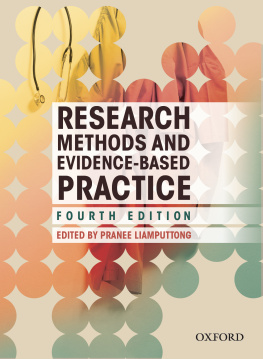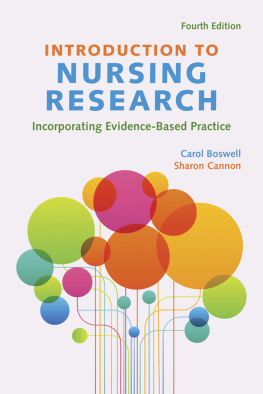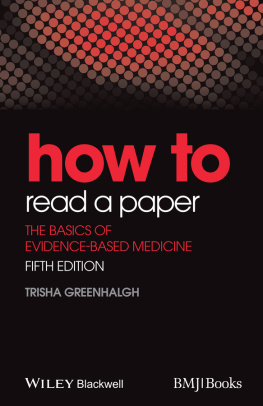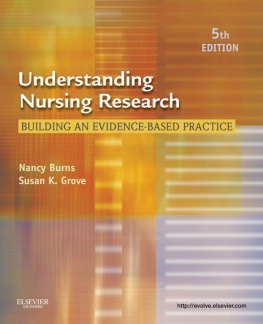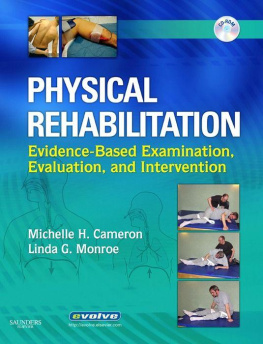Landmarks
List of Figures
List of Tables
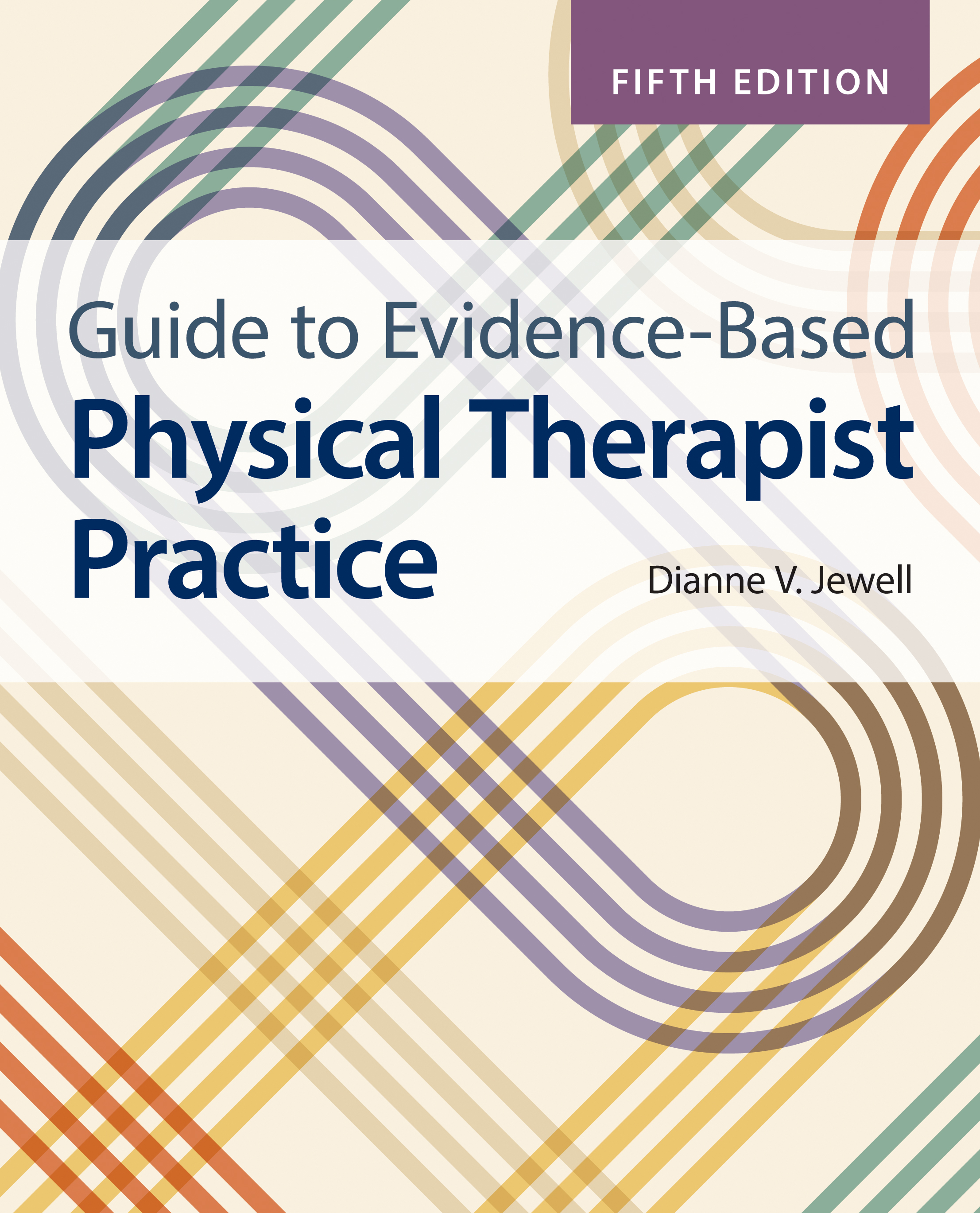
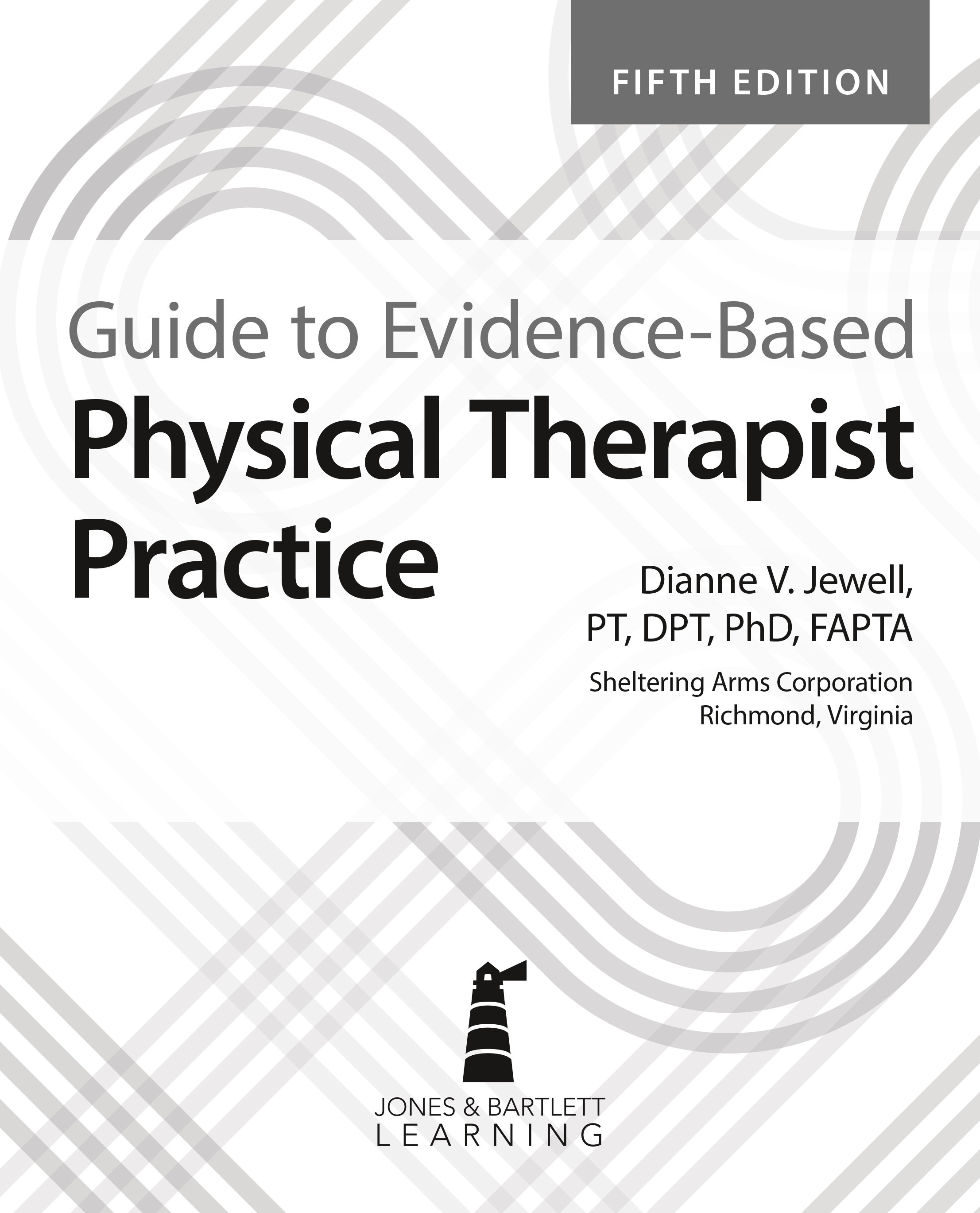

World Headquarters
Jones & Bartlett Learning
25 Mall Road
Burlington, MA 01803
978-443-5000
www.jblearning.com
Jones & Bartlett Learning books and products are available through most bookstores and online booksellers. To contact Jones & Bartlett Learning directly, call 800-832-0034, fax 978-443-8000, or visit our website, www.jblearning.com.
Substantial discounts on bulk quantities of Jones & Bartlett Learning publications are available to corporations, professional associations, and other qualified organizations. For details and specific discount information, contact the special sales department at Jones & Bartlett Learning via the above contact information or send an email to .
Copyright 2023 by Jones & Bartlett Learning, LLC, an Ascend Learning Company
All rights reserved. No part of the material protected by this copyright may be reproduced or utilized in any form, electronic or mechanical, including photocopying, recording, or by any information storage and retrieval system, without written permission from the copyright owner.
The content, statements, views, and opinions herein are the sole expression of the respective authors and not that of Jones & Bartlett Learning, LLC. Reference herein to any specific commercial product, process, or service by trade name, trademark, manufacturer, or otherwise does not constitute or imply its endorsement or recommendation by Jones & Bartlett Learning, LLC and such reference shall not be used for advertising or product endorsement purposes. All trademarks displayed are the trademarks of the parties noted herein. Guide to Evidence-Based Physical Therapist Practice, Fifth Edition is an independent publication and has not been authorized, sponsored, or otherwise approved by the owners of the trademarks or service marks referenced in this product.
There may be images in this book that feature models; these models do not necessarily endorse, represent, or participate in the activities represented in the images. Any screenshots in this product are for educational and instructive purposes only. Any individuals and scenarios featured in the case studies throughout this product may be real or fictitious but are used for instructional purposes only.
24760-2
Production Credits
Vice President, Product Management: Marisa R. Urbano
Vice President, Content Strategy and Implementation: Christine Emerton
Director, Product Management: Matthew Kane
Product Manager: Whitney Fekete
Director, Content Management: Donna Gridley
Manager, Content Strategy: Carolyn Pershouse
Content Strategist: Carol Brewer Guerrero
Content Coordinator: Samantha Gillespie
Director, Project Management and Content Services: Karen Scott
Manager, Project Management: Jackie Reynen
Project Manager: Roberta Sherman
Senior Digital Project Specialist: Angela Dooley
Marketing Manager: Mark Adamiak
Content Services Manager: Colleen Lamy
Vice President, Manufacturing and Inventory Control: Therese Connell
Composition: Straive
Project Management: Straive
Cover Design: Michael ODonnell
Senior Media Development Editor: Troy Liston
Rights & Permissions Manager: John Rusk
Rights Specialist: Benjamin Roy
Cover and Title Page Image: Filo/DigitalVision Vectors/ Getty Images
Printing and Binding: McNaughton & Gunn
Library of Congress Cataloging-in-Publication Data
Library of Congress Cataloging-in-Publication Data unavailable at time of printing.
6048
Printed in the United States of America
262524232210987654321
To every physical therapy student and colleague brave enough
to consider new, credible information that challenges your
assumptions and yet not lose site of the individual who sought out
your talentsyou are the reason I have committed to the writing and
rewriting of each successive edition.

Filo/DigitalVision Vectors/Getty Images
Brief Contents

Filo/DigitalVision Vectors/Getty Images
Contents

Filo/DigitalVision Vectors/Getty Images
Preface
Guide to Evidence-Based Physical Therapist Practice, Fifth Edition provides foundational groundwork in research methods and teaches physical therapy students and clinicians alike how to integrate evidence in clinical practice. Its goal is to make the evidence-based physical therapist (EBPT) practice process accessible and relevant to nonresearchers who need to apply research as well as participate in its creation.
Consistent with prior versions, the patient and client management model described in the American Physical Therapy Associations Guide to Physical Therapist Practice 3.0 remains the framework for discussion. The definitions and labels used to describe the evidence-based practice approach to physical therapist services delivery are consistent with the World Health Organizations International Classification of Functioning, Disability and Health . Updated citations provide current examples throughout the book of the various forms of evidence available to students and practitioners.
Organization of the Fifth Edition
The organization and goals of the sections are described here. Every effort has been made to have a structure that promotes ease of use for the physical therapy student and practicing clinician.
Part 1: Principles of Evidence-Based Physical Therapist Practice
Part I is made up of three chapters that set the stage for the use of evidence in patient and client management. Tools and resources from organizations and individual authors recognized as leaders in the evidence-based practice movement are adapted or referenced in the context of physical therapist practice.
Part 2: Elements of Evidence
The eight chapters of Part II describe the different components of a research article with an emphasis on the features that enhance or diminish a studys quality. The goal of these chapters is unchanged. They are intended to increase readers understanding of and confidence with the evidence they review, not to train new researchers. The remaining chapters review statistical methods relevant to physical therapist practice and their application in different research designs.
Part 3: Appraising the Evidence
The underlying principle remains; EBPT practice requires students and clinicians to work with the best available evidence that oftentimes is weakly designed. The chapters in this section assist readers in determining for themselves whether the evidence they locate is useful despite its limitations.
Part 4: Evidence in Practice
Part IV continues its focus on the application of evidence in the context of patient and client management. A fundamental tenet of this book is that evidence must be considered with respect to the preferences and values of the individual patient or client.



